Case Study: Healthcare Professionals and Stark Law Violations
VerifiedAdded on 2020/05/28
|5
|861
|34
Case Study
AI Summary
This case study examines a scenario involving Dr. S and Dr. V, who leased a nuclear camera and subleased it to a hospital, resulting in potential violations of the Stark Law. The core issue revolves around whether their actions, including fixed pricing and the hospital's acceptance of their patient referrals, constitute a breach of the Anti-kickback statute and the Stark Law. The case references key legal precedents, including Singh M.D. v Bradford Regional Medical Centre and Drakeford, M.D. v. Tuomey Healthcare System, Incorporated, to clarify the prohibitions against financial relationships and compensation arrangements between physicians and healthcare entities. The analysis concludes that the doctors' actions, specifically the indirect financial relationship created by the sublease and hospital referrals, violate the Stark Law. Furthermore, it highlights the potential for False Claims Act (Qui Tam) actions in cases of healthcare fraud.
1 out of 5
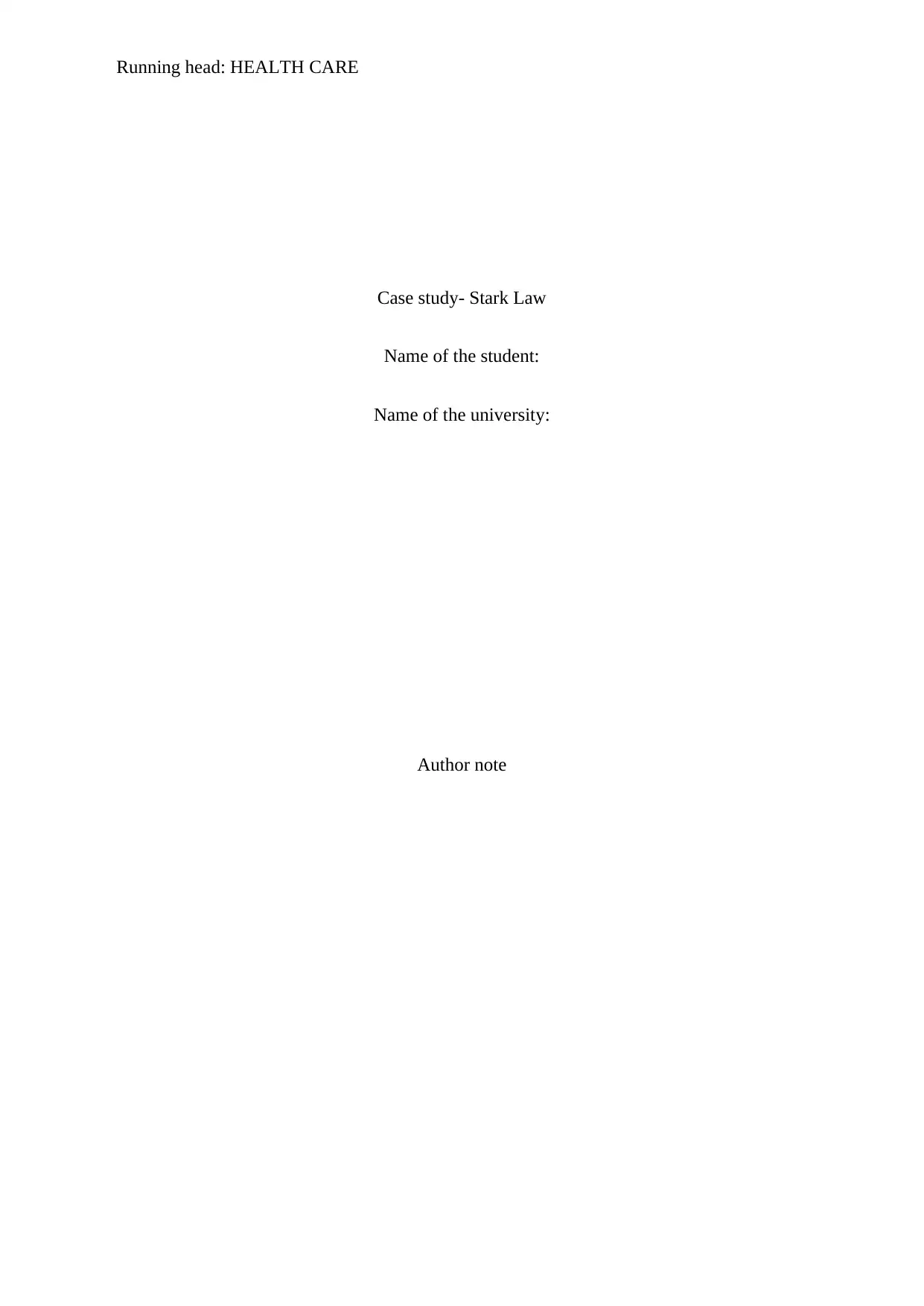
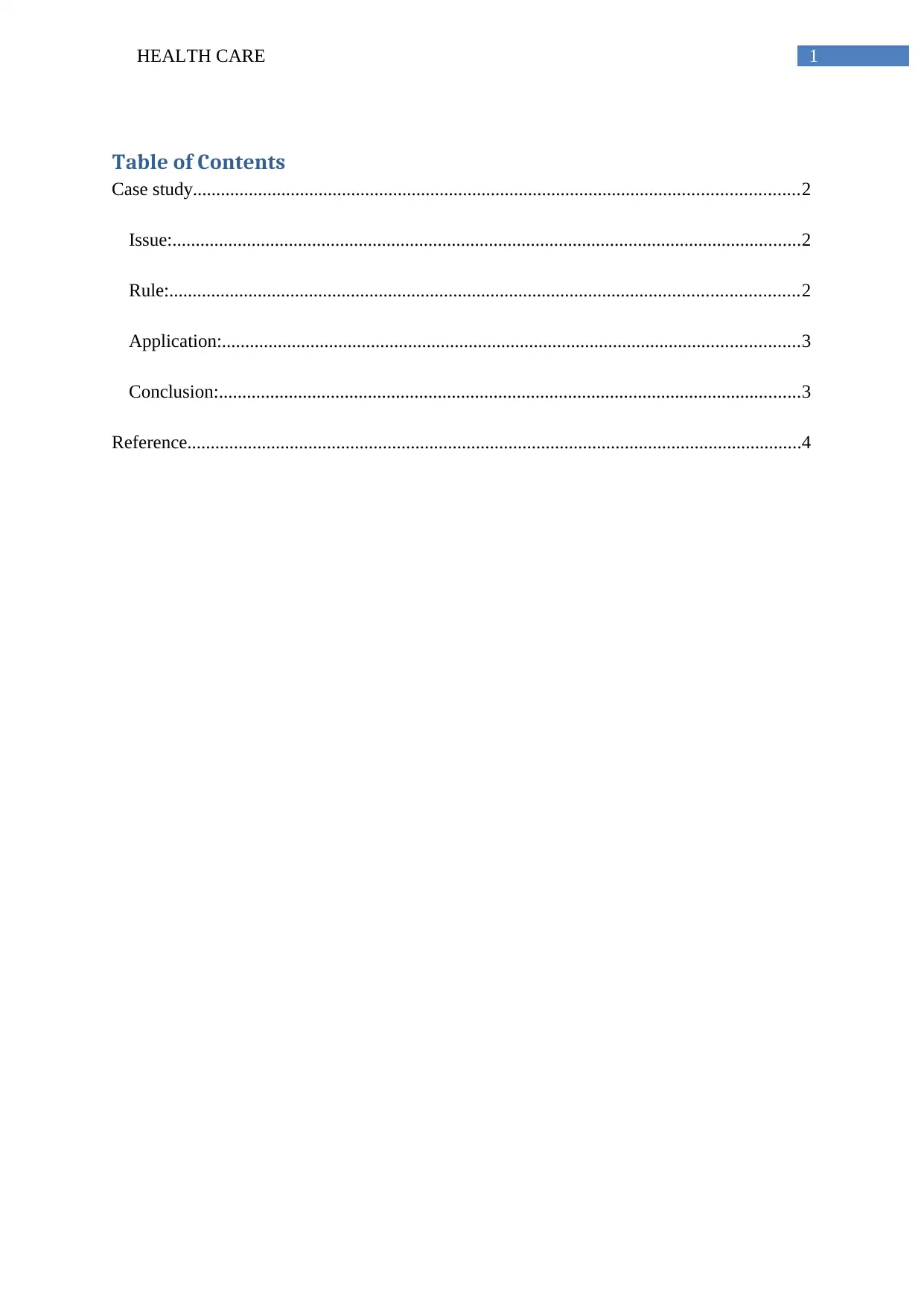
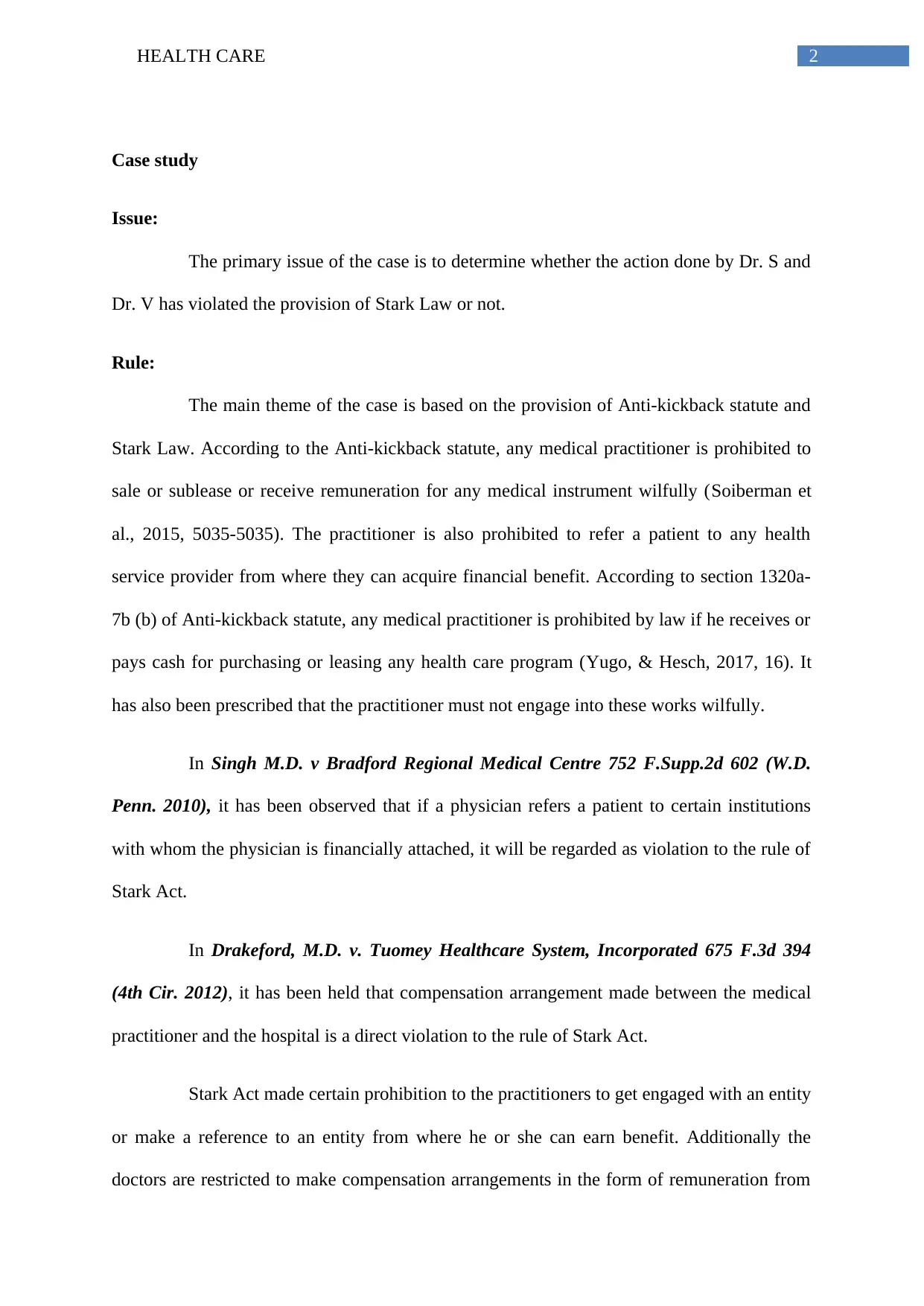

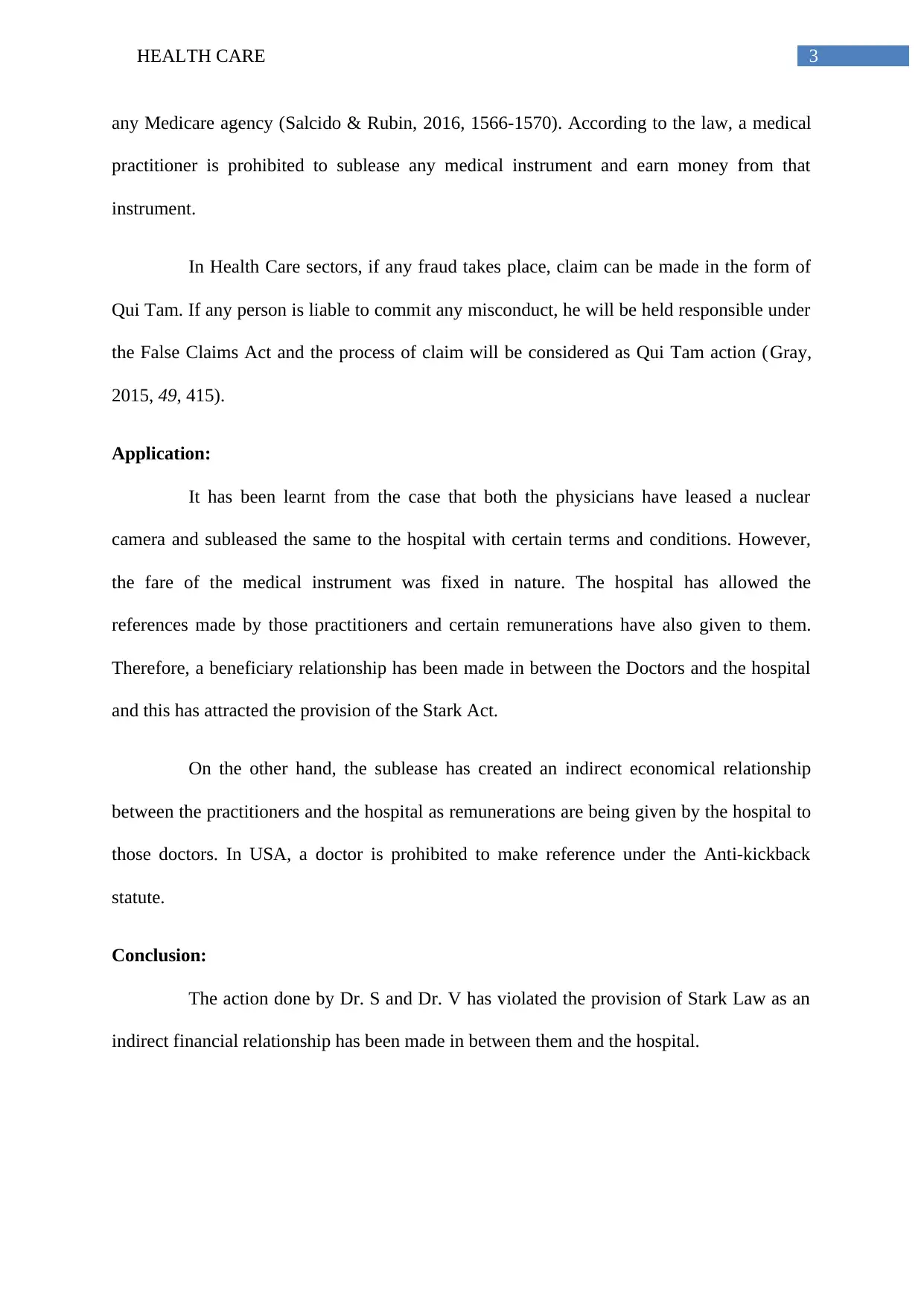
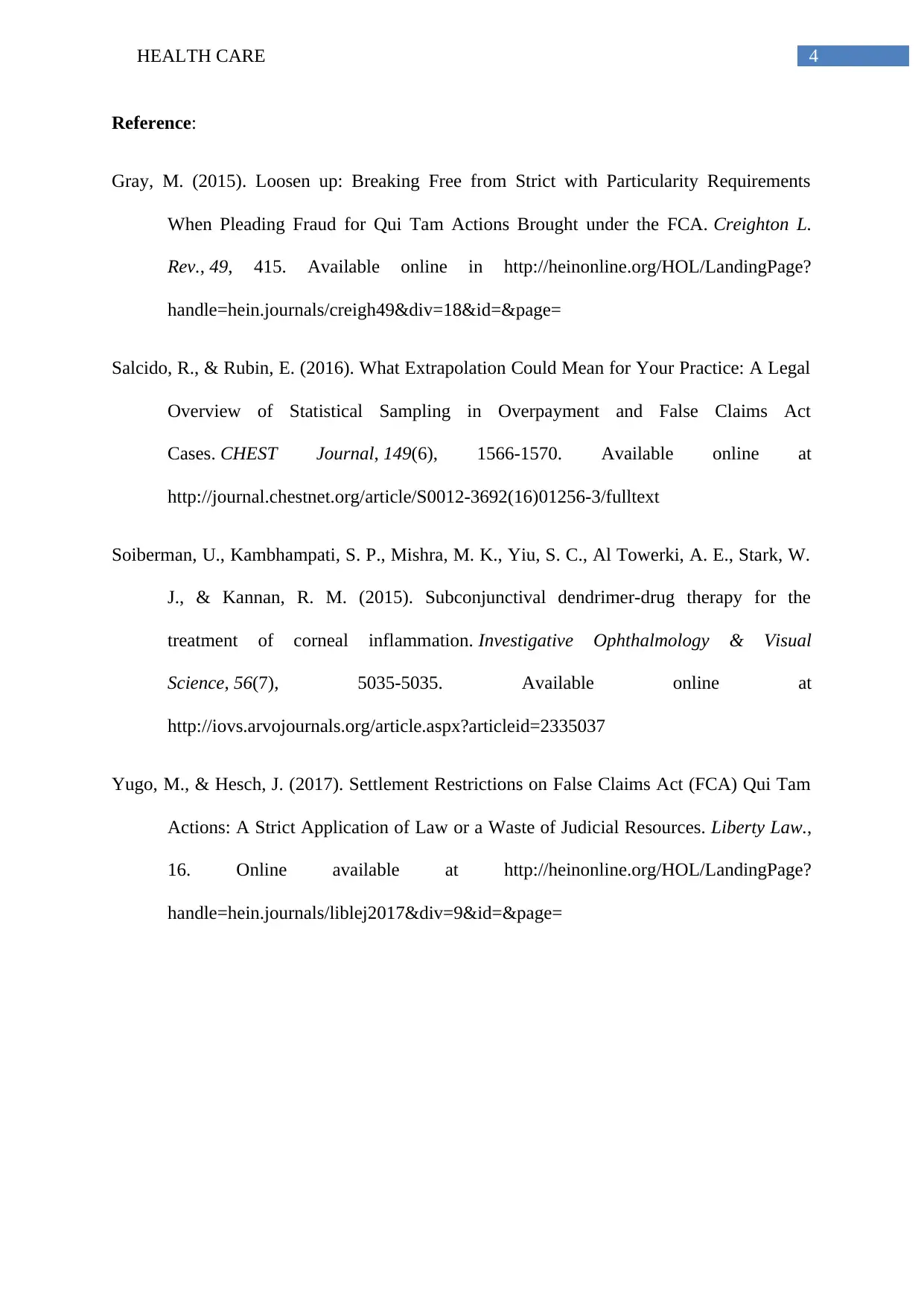

![[object Object]](/_next/static/media/star-bottom.7253800d.svg)